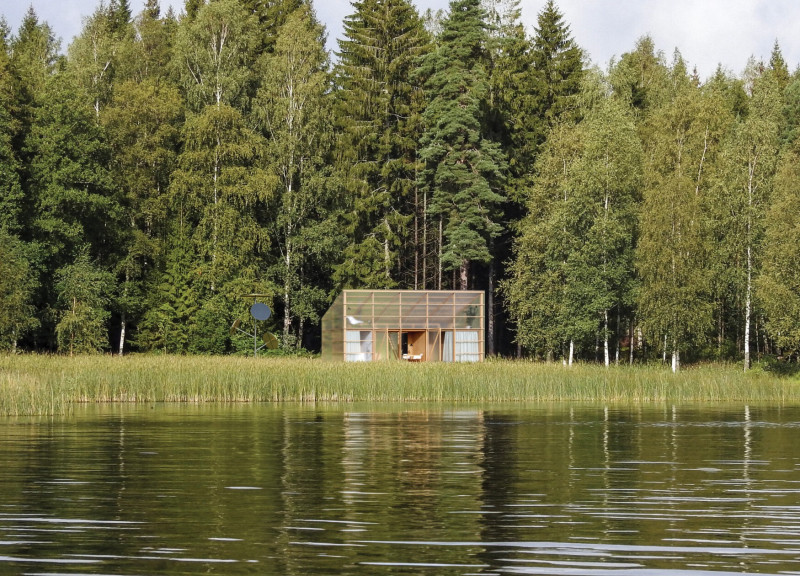5 key facts about this project
The primary function of this architecture is to serve as a multi-purpose community hub that fosters interaction and collaboration among diverse groups. This design incorporates spaces for leisure, work, and learning, effectively bridging the gap between various community activities and fostering a sense of belonging. The central concept revolves around creating an inviting atmosphere that is accessible to all, emphasizing inclusivity through thoughtful layout and design strategies.
Key design elements are evident in the layout and spatial organization, where an open-plan scheme enhances fluidity and encourages movement throughout the space. This design choice allows natural light to permeate the interiors, creating a warm and welcoming environment. Large windows and strategically placed skylights contribute to this effect, ensuring that the interiors remain bright and lively throughout the day. The incorporation of green spaces, both inside and outside the structure, serves as a vital component of the design, promoting well-being and providing natural retreats for users.
In terms of materiality, the project employs a rich palette of sustainable materials that not only contribute to the overall aesthetic but also align with modern environmental standards. The use of locally sourced timber offers a warm and organic feel, while concrete elements provide structural integrity. Glass is employed extensively to create transparency and visual connectivity between the interior and the surrounding environment. This thoughtful selection of materials demonstrates a commitment to sustainability and highlights the importance of local resources in contemporary architecture.
The architectural design also features unique elements such as flexible spaces that can adapt to changing needs over time. Moveable partitions allow for the reconfiguration of areas to accommodate different group sizes or activities, showcasing the project’s versatility. The integration of technology is evident in the infrastructure, with smart systems that optimize energy usage and enhance user experience. This forward-thinking approach aligns with the evolving nature of architectural practice in urban environments.
A distinctive feature of the project is its emphasis on community engagement. Public art installations are incorporated into the design, inviting local artists to contribute and thereby forging a connection between the architecture and its users. This not only enriches the visual landscape but also fosters community pride and ownership of the space.
Throughout the project, attention to detail is apparent in every aspect, from the choice of furnishings to the layout of communal areas. Each element is designed to serve a purpose while maintaining the overarching theme of accessibility and inclusivity. The use of color is considered within the context of creating a calm and inviting atmosphere, further enhancing the user experience.
As we explore the nuances within the architectural plans, sections, and overall designs of this project, it becomes clear that this is more than just a structure—it is a testament to thoughtful architecture that prioritizes community and function. The design embodies modern architectural ideas, driving forward the conversation on how spaces can and should serve our communities.
For more in-depth insights and a comprehensive look at the architectural details, materials used, and the unique design approaches that define this project, readers are encouraged to review the complete project presentation. It is through these detailed elements that one may appreciate the full scope and impact of this meaningful architectural endeavor.


























